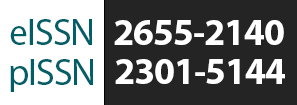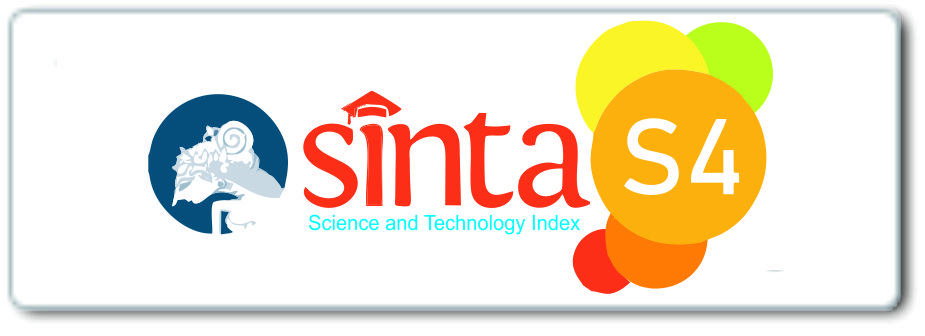DISKURSUS JENDER DALAM “KEBUDAYAAN ITU BERKELAMIN – KOMIK TENTANG ARAHMAIANIâ€
DOI:
https://doi.org/10.33375/vslt.v3i1.1094Keywords:
Jender, Patriaki, Arahmaiani, Kelamin, Relasi TandaAbstract
Permasalahan jender merupakan permasalahan budaya yang menyentuh hubungan yang paling mendasar antara laki-laki dan perempuan. Budaya patriarki yang muncul di mayoritas kelompok masyarakat diberbagai kebudayaan dunia sehingga memunculkan tanggapan kritis dari berbagai kalangan, termasuk seniman. “Kebudayaan itu Berkelamin-Komik Tentang Arahmaiani†menjadi representasi dari kerja kreatif Arie Dytanto yang tergagas oleh proses berfikir dan berkarya Arahmaiani yang banyak menanggapi permasalahan jender ini. Dengan menggunakan semiotika sosial, komik pendek ini ditelaah untuk melihat relasi-relasi tanda yang hadir didalamnya.Downloads
References
Sumiarni, Endang. Jender & Feminisme, 2004. Wonderful Publishing Company. Yogyakarta.
Piliang, Yasraf Amir. Hipersemiotika. 2003. Jalasutra. Jogyakarta.
Piliang, Yasraf Amir. Posrealitas. 2004. Jalasutra. Jogyakarta.
Cavallaro, Dani. Critical and Cultural Theory. 2004. Niagara. Jogyakarta.
Sobur, Alex. Semiotika Komunikasi. 2003. Remaja Rosdakarya. Bandung.
Boneff. Marcel. Komik Indonesia. 1998. Gramedia. Jakarta.
McCloud, Scott. Understanding Komik. 2001. Gramedia. Jakarta.
Downloads
Published
Issue
Section
License
Authors who publish with Visualita agree to the following terms:
- Authors retain copyright and grant the journal right of first publication with the work simultaneously licensed under a Creative Commons Attribution-NonCommercial 4.0 International License.
- Authors are able to enter into separate, additional contractual arrangements for the non-exclusive public distribution and display of the journal's published version of the work (e.g., post it to an institutional repository or publish it in a book), with an acknowledgement of its initial publication in this journal.
- Authors wishing to include items (such as images or other media, or any creative works of others whether previously published or not) must contact the original copyright holder to obtain explicit permission to publish these items in Visualital. Writing permission should include: the title(s) of any copyrighted work, original place of publication if applicable, and an acknowledgement of having read Visualita copyright notice. Authors are responsible for obtaining this permission and keeping it in their own records for later verification.





